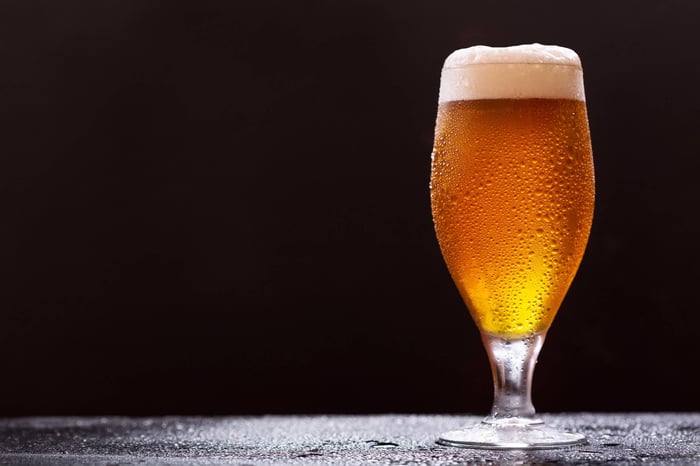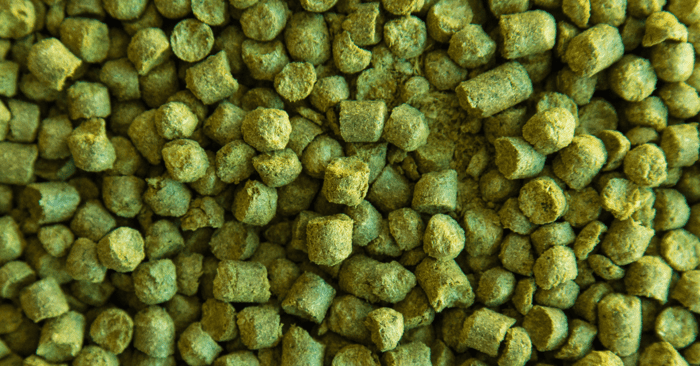Let's be honest – IPAs have completely transformed American craft brewing, and for good reason. These hoppy beauties offer endless opportunities for creativity, from citrusy West Coast classics to those Instagram-worthy hazy New England styles that everyone's talking about.
What makes IPAs so addictive to brew? It's the perfect storm of bold hop flavors, endless variation possibilities, and that satisfying moment when you nail the perfect balance between malt sweetness and hop bitterness. Plus, with so many American hop varieties to choose from, you'll never run out of new combinations to explore.
Breaking Down the IPA Family Tree
American IPA: The Gold Standard Think of American IPAs as the blueprint that launched a thousand variations. These beauties showcase everything we love about American and New World hops – those bright citrus notes, tropical fruit flavors, and that distinctive piney character that makes your taste buds sing.
Here's what sets them apart: they're all about the hops, with a clean malt backbone that doesn't compete for attention. Compared to their English cousins, American IPAs are less malty, more bitter, and use American ale yeast that stays out of the way. Target that 5.5-7.5% ABV range, and don't be shy with late hop additions.
English IPA: Where It All Began The original rebel with a cause, English IPAs tell the story of brewing innovation born from necessity. These classics strike a beautiful balance between earthy English hops and a more substantial malt presence.
What makes them special? That distinctive English hop character brings floral, earthy notes that pair perfectly with crystal malt sweetness. English ale yeast adds subtle fruity esters that create complexity without overwhelming the hop profile. It's like comparing a perfectly balanced symphony to a guitar solo – both amazing, just different approaches.
New England IPA: The Game Changer If American IPAs are a guitar solo, New England IPAs are like wrapping that solo in velvet. These cloudy beauties have revolutionized how we think about hop flavor versus bitterness.
The magic happens through late hopping techniques – whirlpool additions and massive dry hop charges that maximize aroma and flavor while minimizing harsh bitterness. Add wheat and oats for that signature creamy mouthfeel, and you've got a beer that drinks like liquid fruit juice. Pro tip: embrace the haze – it's not a flaw, it's the whole point!
Specialty IPA Styles Worth Your Time
Black IPA: The Contradiction That Works Here's a style that shouldn't make sense but absolutely does. Black IPAs prove that dark malts and bright hops can be best friends when you treat them right.
The secret is restraint with roasted malts – think subtle coffee and chocolate notes rather than burnt flavors. Use just enough dark malt to achieve color without overwhelming those beautiful hop characteristics. It's like adding a leather jacket to your favorite band t-shirt – still rock and roll, just with more attitude.
Double IPA: Go Big or Go Home When regular IPAs aren't enough, Double IPAs step up to the plate. These monsters pack serious hop punch and alcohol content (usually 7.5-10% ABV) that demands respect.
The challenge? Balancing all that hop intensity with enough malt backbone to support the higher alcohol. Think of it as building a stronger foundation for a taller building – you need that extra malt complexity to handle the hop load without creating a bitter bomb.
Red IPA: The Best of Both Worlds Red IPAs bridge the gap between malty amber ales and hop-forward IPAs. The addition of medium crystal malts creates beautiful caramel and toffee notes that complement hop bitterness instead of fighting it.
White IPA: Belgian Meets American This hybrid style combines Belgian wit spices and wheat with American hop intensity. It's tricky to pull off, but when done right, you get an incredibly complex beer that's both refreshing and bold.
Pro Tips for IPA Success
Water chemistry matters more for IPAs than almost any other style. Higher sulfate levels accentuate hop bitterness and flavor, while calcium supports proper fermentation. If you're serious about IPAs, invest in water testing and adjustment – your taste buds will thank you.
Hop freshness is everything. Those beautiful citrusy, tropical notes fade quickly, so always check harvest dates and store hops properly. When possible, buy from suppliers with high turnover.
Temperature control during fermentation prevents those unwanted fusel alcohols that can make higher-gravity IPAs taste hot and harsh. Keep fermentation temperatures steady, especially with those bigger Double IPAs.
Ready to Start Brewing?
The beauty of IPAs lies in their forgiving nature and endless variation possibilities. Start with a solid American IPA recipe, nail the basics, then let your creativity run wild. Whether you're drawn to the tropical paradise of a New England IPA or the balanced complexity of an English IPA, there's a style waiting for your personal touch.
Remember, every great IPA starts with understanding your ingredients and respecting the process. The hops are the star, but they need a solid supporting cast to truly shine.
Grainfather Team









